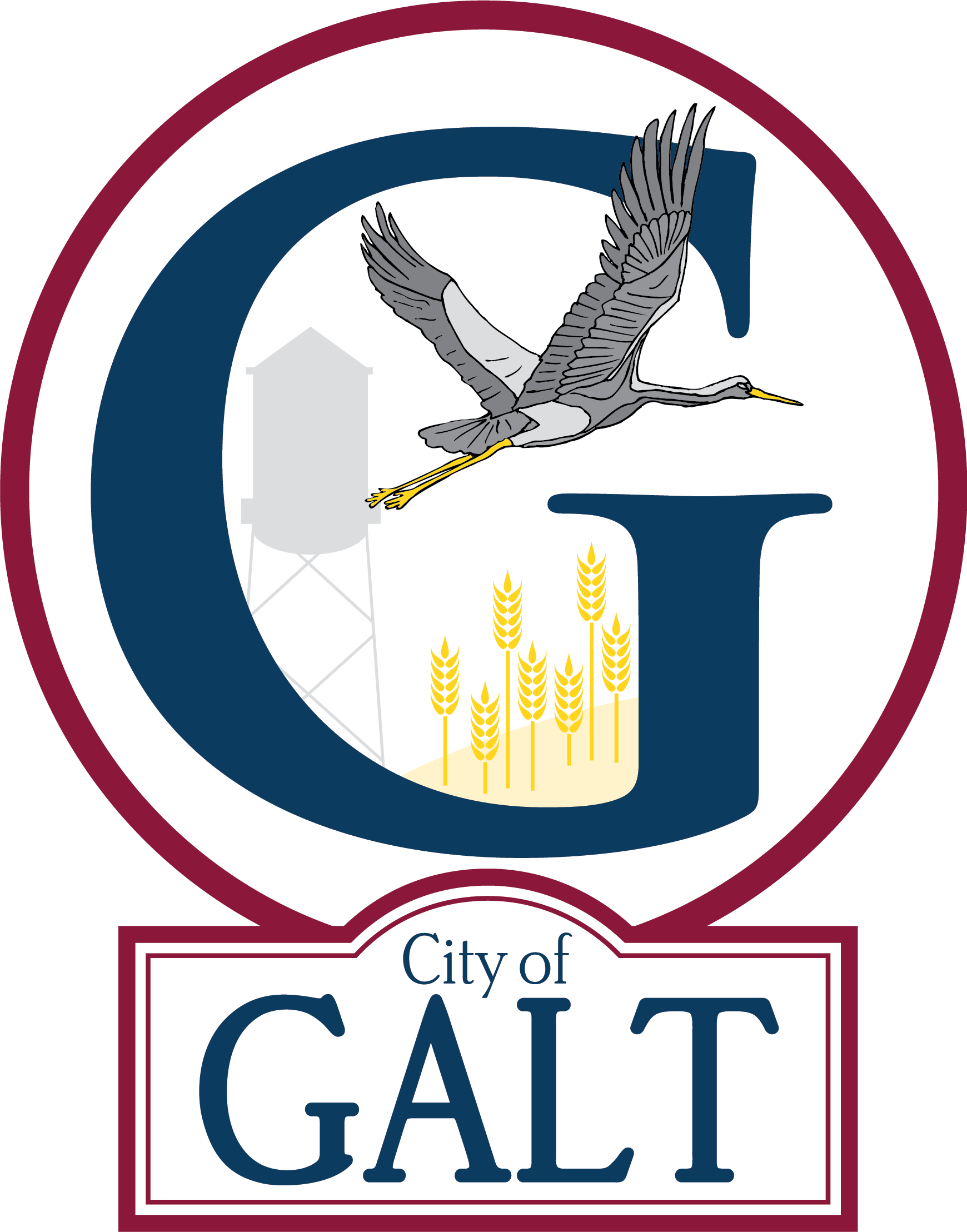
City of Galt
Categories
Government
About
City of Galt Contact Information:
Building Department: 209-366-7200
City Clerk/City Council: 209-366-7130
City Attorney: 209-366-7100
City Manager: 209-366-7100
Finance: 209-366-7150
Galt Market: 209-366-7160
Human Resources: 209-366-7103
Parks: 209-366-7180
Planning: 209-366-7230
Police - Administration: 209-366-7040
Police - EMERGENCY: 911
Police - Non Emergency: 209-366-7000
Public Works: 209-366-7260
Recreation: 209-366-7180
AFTER HOURS CONTACT INFORMATION:
Sewer and Water Emergencies: 209-366-7000, before 7:30 am and after 5:30 pm, Monday - Thursday, all day Friday, Weekends, and Holidays
City Facilities and Parks: 209-810-0293, before 8:00 am and after 5:30 pm, Monday - Thursday, all day Friday, Weekends, and Holidays
Membership Type
Diamond Membership